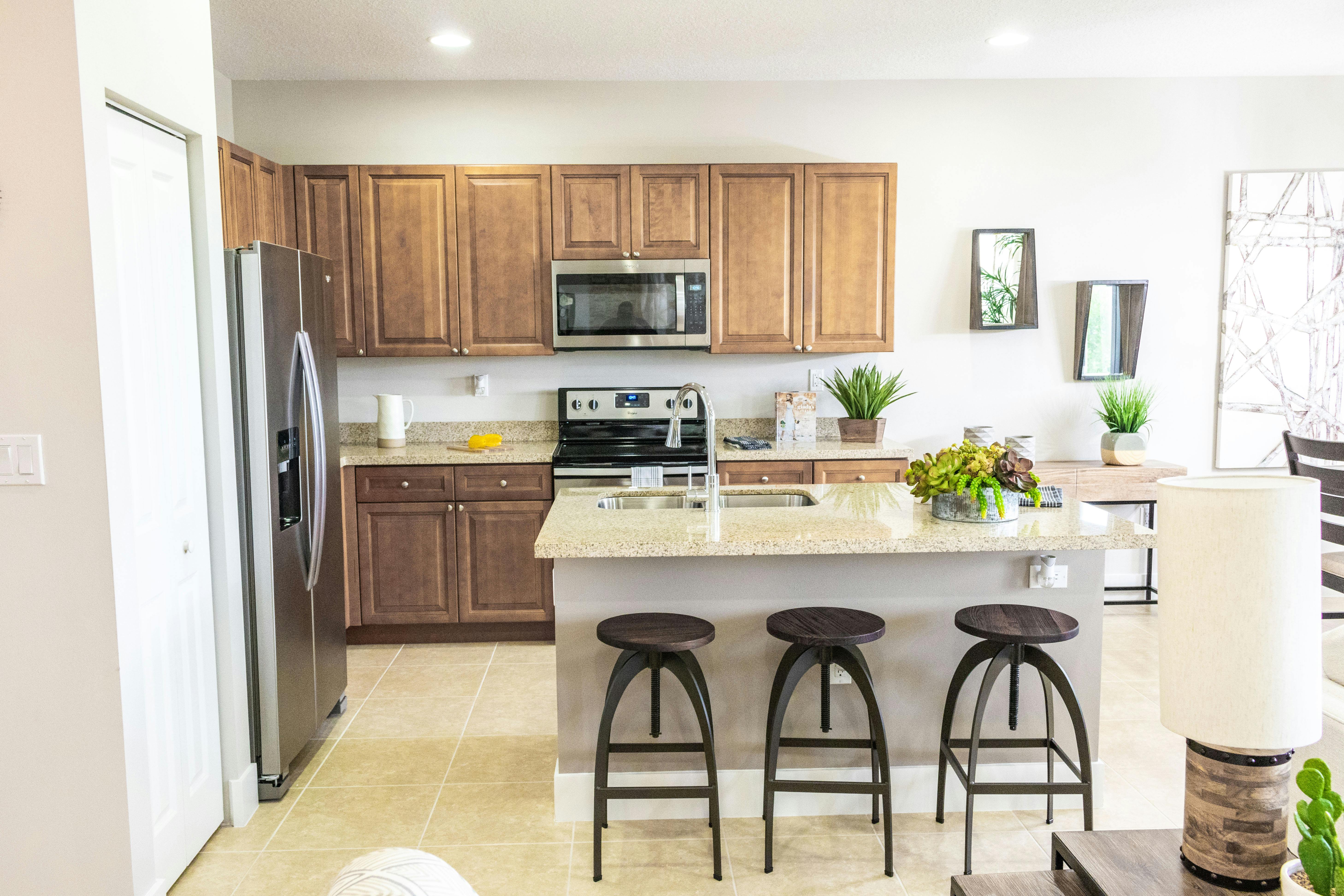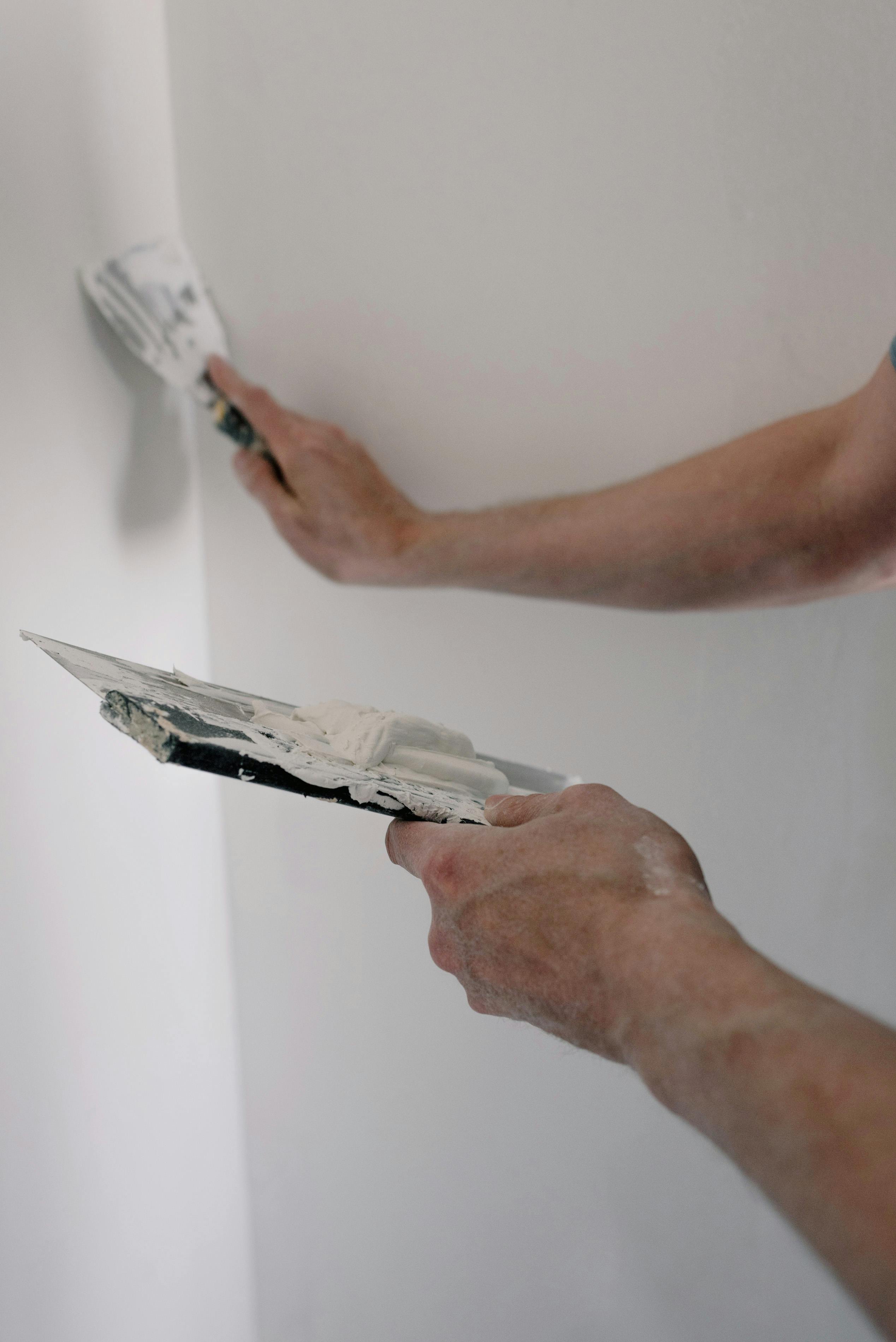Home Insurance Isn’t About Rebuilding Walls — It’s About Protecting the Financial Heart of Your Household
Home Insurance Isn’t About Rebuilding Walls — It’s About Protecting the Financial Heart of Your Household
Most homeowners think of home insurance as something that rebuilds a house after fire, theft or storm damage. But that’s the shallow view. Home insurance isn’t just about repairing property — it’s about protecting the financial core of your life.
Your home is more than walls and roof. It holds your equity, your credit security, your personal savings, and even your legal liability position. One uncovered event — one clause you didn’t read — and your insurance may pay less than you expect, leaving you financially exposed.

Your Home Is Your Largest Financial Asset — Insurance Protects More Than Just Property
For most families, the home represents the biggest financial commitment of their life. Mortgage, equity build-up, future resale potential — all tied to one asset. That’s why **losing financial control after a disaster is more dangerous than the disaster itself**.
- 🏠 **Mortgage remains active** even if the house becomes uninhabitable.
- 💳 **Credit damage** can occur if insurance delays lead to unpaid contractor or emergency costs.
- ⚖️ **Legal fees from injuries on your property** may not be covered unless liability add-ons are activated.
- 🔌 **Additional living expenses (ALE)** like temporary housing, meals, and relocation can become a sudden financial burden.
Home insurance isn’t just structural protection — it’s financial life support for everything tied to that address.
Real Risk Isn’t the Storm or Fire — It’s the Denied Claim That Follows
Natural disasters are destructive — but the most dangerous moment happens after the disaster, when homeowners file a claim and hear the words: “This damage is not covered under your policy.”
Insurance policies are designed with coverage exclusions — hidden limitations that decide what gets paid and what doesn’t. You might think you’re protected, but unless you know your policy’s exclusions, you may discover:
- 🚫 Flood damage is not included — requires separate flood insurance.
- 🚫 Sewer backup isn’t covered unless you added that rider.
- 🚫 Roof leaks due to “gradual wear” are labeled as maintenance, not a claim.
- 🚫 Mold damage may be fully or partially excluded unless endorsed.
Homeowners don’t lose money because of disasters — they lose money because they discover their policy too late.
The Hidden Language of Insurance — Why Policies Sound Protective but Pay Less Than Expected
Insurance contracts use legal phrasing like “sudden and accidental” or “gradual deterioration”. These words look harmless — but they are financial triggers.
Here’s how insurers legally reduce payouts using classification:
- 💧 “Sudden damage” → payable
- ⏳ “Wear and tear” → denied, falls under homeowner responsibility
- 🔥 “Negligence-related damage” → coverage may be partially voided
- ⚙️ “Improper installation” → insurer shifts liability to contractor, leaving owner stuck in legal dispute
Insurance doesn't deny claims — definitions do.

Home Equity and Insurance — Your Policy Is the Only Thing Protecting Your Built Wealth
For most people, home equity is their largest stored financial value. Every mortgage payment increases that equity — slowly building a financial asset that represents years of effort.
One uncovered disaster can erase 10 years of home equity growth in a single financial strike.
Without proper coverage:
- 🏦 You continue paying your mortgage even if the home is temporarily unlivable.
- 💸 You may take additional loans or credit lines to repair damage the policy didn’t cover.
- ⚠️ Your equity position becomes negative — meaning you owe more than the home is currently worth due to damage and repair costs.
Insurance is more than a policy — it’s the guardian of your equity position.
Real Scenarios Where Homeowners Lose Equity — Even With Insurance Activated
Here's how equity loss happens silently:
- 🏚️ Property damage occurs (storm, fire, water incident).
- 📉 Property value drops temporarily due to damage classification in insurance report.
- ⛔ Only partial coverage is paid by insurer — homeowner pays the remaining balance.
- 💳 Homeowner uses savings or HELOC loans, reducing net equity while still owing lenders.
The risk isn't just losing a house — it’s losing the accumulated equity inside it.

Liability Coverage — The Hidden Legal Risk Inside Every Home
When people think of home insurance, they picture damaged walls or stolen items. But there’s a financial threat more dangerous than property loss — legal liability.
If someone gets injured on your property — even a friend or delivery worker — they can file a lawsuit against you. And here's the truth most homeowners don't hear from agents:
Your liability coverage determines whether you write a check — or your insurance company does.
- ⚖️ A slip on your stairs can turn into a lawsuit for medical bills + damages.
- 💼 Injury to a contractor without proper liability inclusion can shift costs to you instead of the company.
- 🚨 A neighbor’s child injured on your property (even without negligence) can trigger legal action.
- ⛔ Without extended liability coverage, your personal assets become exposed — bank accounts, wages, future income.
Real Case: One Misstep, One Lawsuit — Why Liability Coverage Means Financial Protection
Imagine this scenario — it happens more often than people realize:
A delivery worker slips on your front path after light rain. They twist their ankle, file a report, and their employer’s insurance files a claim against your homeowner policy. If your liability cap is low, your personal savings may be legally seized to cover the rest.
This is not paranoia — it’s legal infrastructure. That’s why financially aware homeowners always extend their liability coverage beyond standard levels.
Liability isn't a side-feature — it’s the financial firewall protecting your personal assets.

Additional Living Expenses (ALE) — The Most Underestimated Lifeline in Home Insurance
When a house becomes uninhabitable due to fire, storm, or internal damage, most homeowners think: “Insurance will pay for repairs.” That's true — but where will you live while it’s being repaired?
Mortgage continues. Repairs take months. Hotels and rental costs begin immediately.
That’s where ALE Coverage comes in — it covers:
- 🏨 **Temporary housing (hotel, rental unit, Airbnb)**
- 🍽️ **Food expenses if cooking at home isn’t possible**
- 🚗 **Increased commute or transportation costs due to relocation**
- 📦 **Storage fees for personal belongings**
What Happens Without ALE — The Financial Drain Most Homeowners Don’t Prepare For
Without ALE, here’s what happens after a disaster:
- ⛔ You cannot stay in your home due to safety, smoke, or structural issues.
- 💸 Hotels or rentals begin costing $120–$250 per night ($3,600 to $7,500 per month).
- 🍽️ Eating outside adds an extra $30–$80 per day per person.
- 🏦 Mortgage still gets drafted from your bank account every month — even though you’re not living in the house.
Without ALE, a family can drain $10,000–$20,000 in emergency living costs before insurance even starts repairs.

Premium vs Protection — What Financially Intelligent Homeowners Do Differently
Smart homeowners don’t shop for the cheapest plan. They shop for the **strongest financial protection per dollar**.
They don’t ask: “How much does it cost per month?” — They ask: “How much could it cost me if something goes wrong?”
That mindset shift separates financially stable households from those who suffer long-term consequences when disaster hits.

Home Insurance as an Asset Protection Strategy — What Smart Policyholders Add That Others Ignore
The average policyholder buys insurance to fix damage. The financially aware policyholder buys insurance to prevent long-term capital erosion.
That’s why experienced homeowners often request add-ons and policy enhancements others never consider:
- 🧾 Extended Replacement Cost Coverage — ensures reconstruction cost is paid even if materials become more expensive after a disaster.
- 🏘️ Building Code Upgrade Protection — covers additional costs if your home must be rebuilt to meet updated regulations.
- 💧 Sewer Backup & Water Intrusion Coverage — protects against internal water damage most base policies exclude.
- 🌲 Coverage for Detached Structures (sheds, guest units, workshops) — often overlooked in basic plans.
These additions may raise the premium slightly — but can prevent $30,000–$80,000 in unexpected repair debt.
How High-Net-Worth Homeowners View Insurance — Not as Cost, But as Capital Preservation
Wealthy policyholders don't see insurance as an unavoidable bill — they treat it as part of their wealth preservation infrastructure.
Their checklist looks very different:
- ✅ Do I have enough coverage to rebuild without tapping into savings?
- ✅ Is my policy designed to protect my equity — not just the building?
- ✅ Will my insurance shield me from lawsuits, relocation costs, and repair disputes?
Financially intelligent homeowners don't buy insurance for comfort — they buy it to defend their capital position.

Final Reality — Home Insurance Is Not About the House, It’s About Your Financial Ability to Recover
A house can be rebuilt with materials, but financial stability can’t be rebuilt if it collapses under debt, legal claims, or denied coverage. That’s why true protection requires more than the legally required minimum — it requires a strategy.
Home insurance is not about what you own — it’s about what you can keep after disaster strikes.
- 🏠 Structural protection is basic.
- 💼 Equity protection is strategic.
- ⚖️ Liability protection is survival.
- 🚨 ALE and extended coverage are financial lifelines.
Insurance isn't there to rebuild your house. It's there to ensure your life — your finances, your credit, your ability to move forward — isn’t permanently damaged by one unexpected event.
